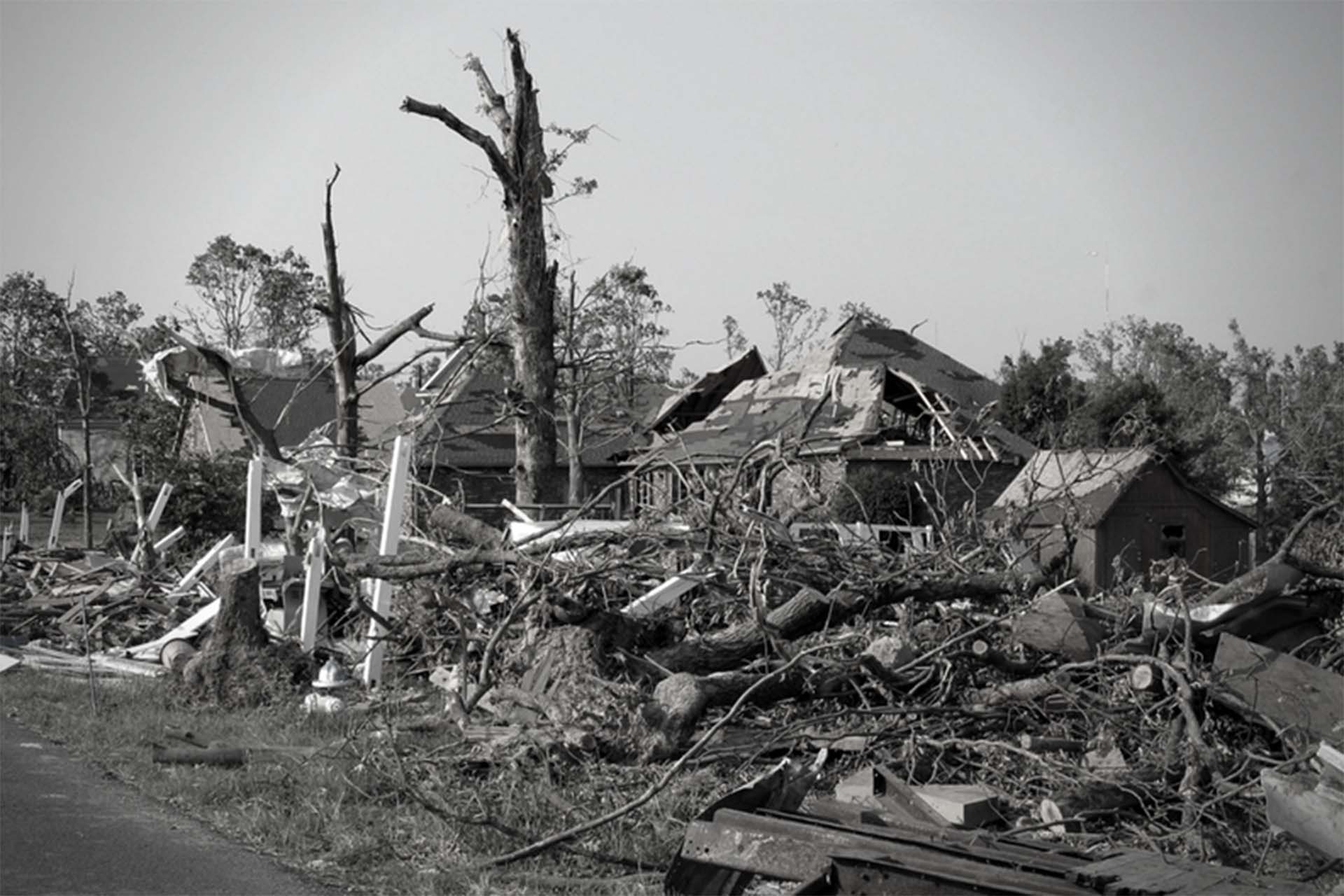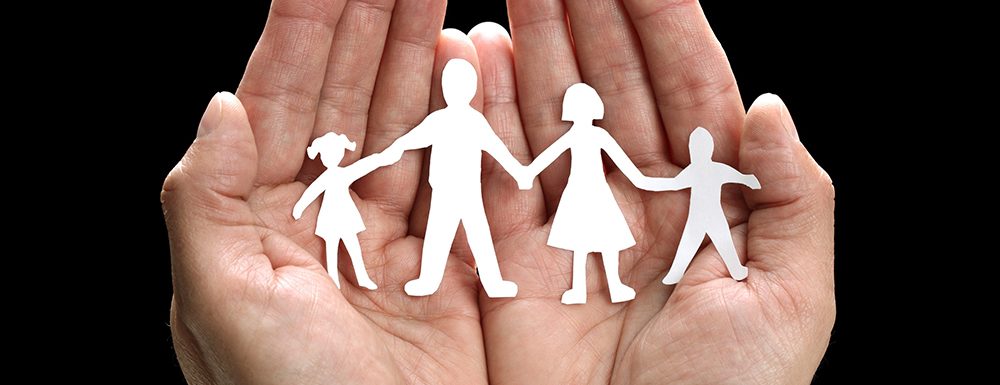
Isobel Archer, Anti-Trafficking Programme Intern for Shiva Foundation, looks at the relationship between the environment and human trafficking in the fourth blog of her latest series putting trafficking into context.
A theme throughout this blog series has been the recognition of human trafficking as a crime resulting from imbalance of power relations between dominant and vulnerable demographics. This final post will instead look at placing trafficking in an environmental context, how our relationship with the physical world is also a factor in increasing our vulnerability to trafficking, and how our use of the planet’s natural resources fuels conditions in which traffickers can operate and exploitation occur.
We know that there are certain situational factors which cause people to become susceptible to trafficking (some socio-cultural practices, gender, ethnicity), but any event or underlying factor which disrupts a stable lifestyle will increase vulnerability to exploitation. Natural disasters, for example, are just one way that previously stable environments are rendered fragile at all levels of society and governance, and root causes of trafficking such as poverty and a lack of livelihood exacerbated. In the wake of earthquakes, tsunamis and typhoons country infrastructure and the rule of law are often undermined and traffickers move into a disaster area to take advantage of the chaotic environment, removing people from the area for exploitation elsewhere. It’s been well-documented by the UN Environment Programme that any form of displacement occurring as a result of natural disasters or environmental destruction leads to an increase in human trafficking in that area, sometimes by as much as 20-30% as families are separated and livelihoods disrupted. These factors too often culminate in mass forced displacement with isolated adults and separated children particularly at risk of exploitation. People are forced to flee without documentation, identity papers or travel documents, meaning that any form of movement may be illicit, with traffickers prepared to step in and fill a need as people flee from the disaster area.
The little existing literature on trafficking in the aftermath of natural disasters unsurprisingly focuses on two demographics: women and children. According to INTERPOL, natural disasters and conflict may particularly increase the vulnerability of women whose families and support structures are disrupted, and whose livelihoods are lost. Having been separated from their families in the chaotic environment of a disaster, children are also highly susceptible to traffickers who are able to move into an area after a natural disaster and take advantage of the “protection vacuum” around children whilst the state infrastructure, and legal and emergency services are overwhelmed. In the case of both the 2012 Typhoon Yolanda in the Philippines and 2010 earthquake in Haiti, trafficking risk was multi-faceted with traffickers targeting victims from all angles. The establishment of camps intended to provide emergency shelter, for example, were actually found to be sources of sex trafficking where women were forced to pay for necessities with sexual favours. In the tumult, traffickers moved children within and between countries unchecked and unchallenged by officials for whom safeguarding, administrative or identity checks were almost impossible to enforce. In contrast to Haiti, a small island state, responders in the Philippines also faced the additional challenge of covering hundreds of islands, just one more obstacle to keeping track of a displaced population.
It is not necessarily the case, however, that traffickers literally “swoop” in hours after a disaster and take advantage of an acute emergency situation. Sometimes it’s the long-term after effects and response which create the conditions for modern slavery to thrive. Rebuilding and reconstruction following mass destruction caused by natural disaster is a classic example where people may be trafficked for labour exploitation as construction workers. Eight years after Hurricane Katrina hit New Orleans in 2005, for example, a report by the Modern Slavery Resource Centre attributed a rise in Trafficking Helpline calls to the long-term construction response in the city. Thousands of workers were thought to have moved into the disaster area looking for construction work, and whilst they did find work, labour conditions reported by workers months and even years afterwards were clearly exploitative. Abusive labour practices were common, with workers’ visas and passports confiscated, wages withheld and forcibly accommodated in squalid conditions. Around 54% workers are thought to have been undocumented, another common factor in exploitation with workers afraid or unable to report their abuse to authorities. Any situation where there is a sudden demand for mass labour increases the risk and incidence of trafficking in that area, and rebuilding after environmental destruction is no exception.
Environmental destruction and the increase of slavery can in large part be attributed to the demand for cheap goods. Ever increasing market demand by the developed, consumer-driven world has led producers to overuse natural resources and human labour irresponsibly. Academic Kevin Bales first drew a link between slavery and environmental destruction in the context of the fishing industry, but the implication of the fashion and tech industries in trafficking and ecocide exposes the association to be more widespread. Fishermen in Ranong, Thailand have been losing independent livelihoods thanks to decades of overfishing and ecological destruction and as a result they are driven into poverty, desperate for labour and vulnerable to traffickers. In the Congo, global demand for high tech goods is responsible for child labour exploitation and ecological damage; in the search for minerals present in the vast majority of smart-phones, the expansion of the extractives industry has directly led to soil erosion and deforestation. These forests are valuable carbon sinks; their destruction unsurprisingly contributes to carbon dioxide in the atmosphere, and leads academics to consider slavery’s CO2 emissions the equivalent of Canada’s. Our demand for overseas goods exploits the natural world beyond repair, causes pollution, deforestation and overfishing, and undoubtedly increases demand for trafficking along the way.
Environmental problems such as climate change, pollution and associated health concerns are frequently labelled human rights issues, yet despite the prevalence of human rights in both academic and public discussion on environmental degradation, international policy has yet to address the well-researched and accepted link between natural disaster, environmental destruction and human trafficking. We know that human-produced climate change exacerbates natural disasters like Typhoon Yolanda, irreversibly changing ecosystems and destabilising our environments. We also know that our demand for products from these environments is contributing to mass ecocide, yet a global response is lacking. Fortunately, we also know that these links between environmental destruction and consumer demand do lead to hope for anti-trafficking efforts and environmental activists. “Going green” is more than just a trend. With a growing ethical-consumer movement, products such as the Fairphone, Fairtrade initiatives and apps such as NotMyStyle mean consumers can be confident that at least some of the goods they buy and use on a daily basis are slave-free.
But is this good enough? The answer has to be “no.” We must keep pushing for international policy implementation to guard against slavery and environmental destruction in supply chains. In an increasingly globalised world, it’s unacceptable that there are just one or two alternatives to slave-produced and environmentally-damaging goods. Consumers should rightly expect and be confident that their shopping habits aren’t contributing to exploitation in global supply chains.


